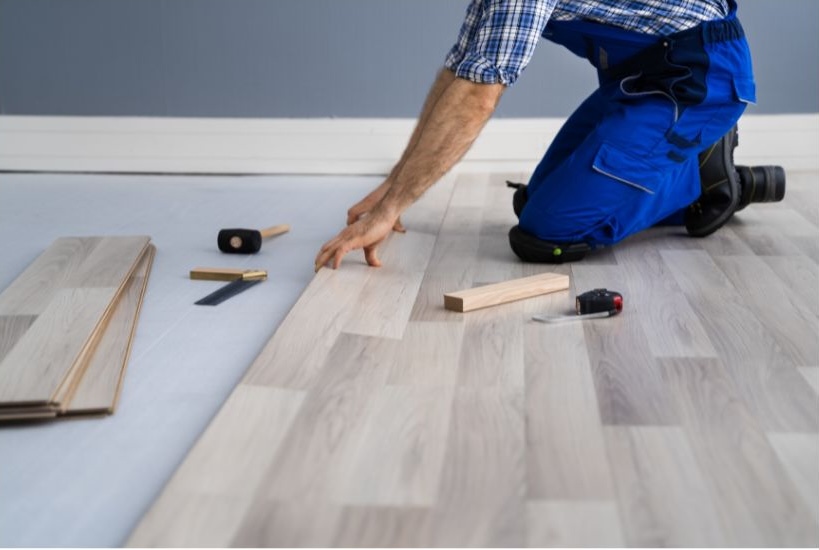The exterior paint of your home not only enhances its curb appeal but also provides crucial protection against the elements. Over time, however, exposure to sunlight, moisture, and other environmental factors can cause paint to fade and peel, detracting from the overall appearance of your home and potentially leading to costly repairs.
To keep your home looking its best and prolong the lifespan of your exterior paint, it’s essential to implement a regular maintenance routine. In this comprehensive guide, we’ll explore effective strategies for maintaining your home’s exterior paint and preventing fading and peeling.
1. Choose High-Quality Paint:
The first step in maintaining your home’s exterior paint is to start with a high-quality paint product. Invest in premium exterior paint that is specifically formulated to withstand harsh weather conditions and resist fading and peeling. Look for paint brands that offer long-lasting durability and UV protection to help preserve the vibrancy of your home’s color.

2. Prepare the Surface Properly:
Before applying new paint or performing any maintenance, it’s crucial to properly prepare the surface of your home’s exterior. Thoroughly clean the area to remove dirt, dust, and debris that can interfere with paint adhesion. Use a pressure washer or hose to rinse away grime, and scrub stubborn stains with a mild detergent and water solution. Allow the surface to dry completely before proceeding with any paint touch-ups or repairs.
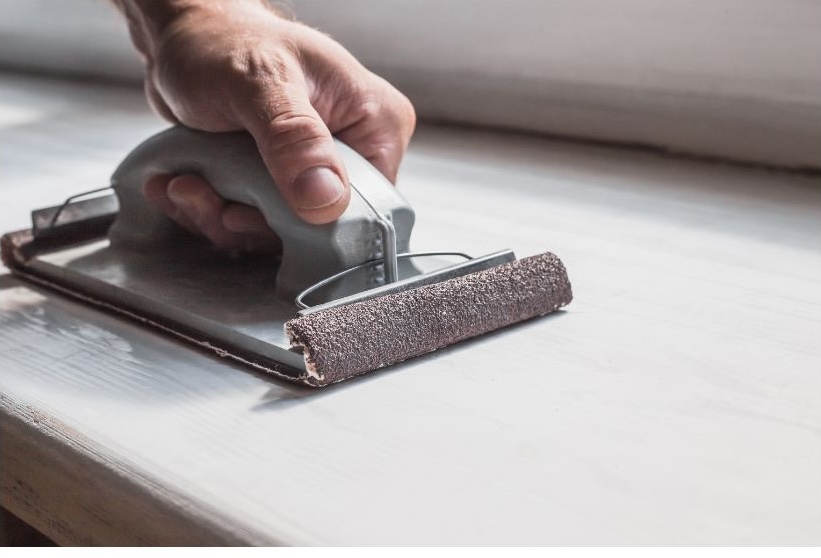
3. Inspect Regularly for Signs of Damage:
Regular inspections are key to catching potential issues with your home’s exterior paint before they escalate. Take the time to visually inspect the painted surfaces of your home at least once a year, paying close attention to areas that are exposed to the elements, such as walls, trim, and windowsills. Look for signs of fading, peeling, cracking, or bubbling paint, as these may indicate underlying problems that need to be addressed.
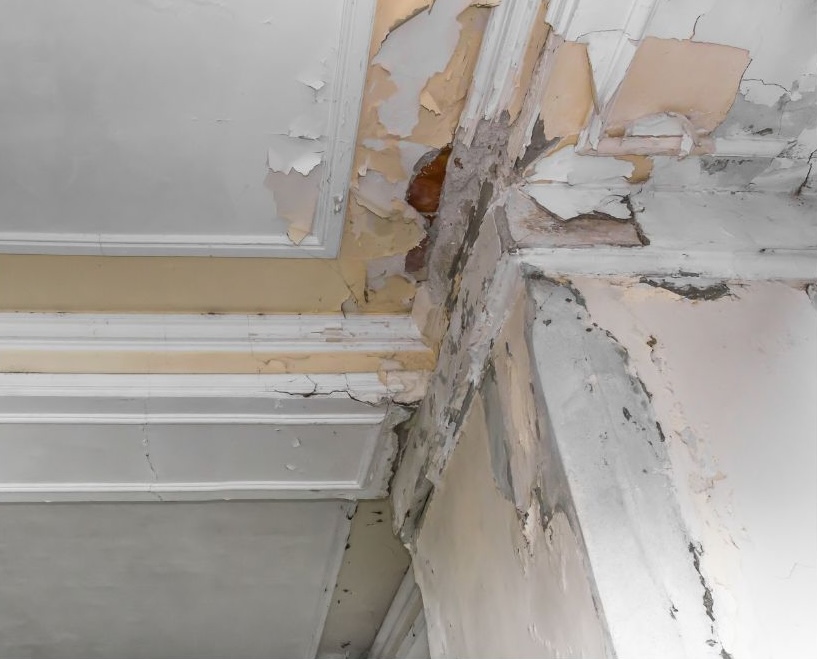
4. Touch Up Problem Areas Promptly:
If you notice any areas of fading or peeling paint during your inspection, don’t wait to address them. Promptly touch up problem areas to prevent further damage and maintain the integrity of your home’s exterior. Use a high-quality exterior paint that matches the existing color of your home, and carefully apply thin coats to the affected areas using a brush or roller. Be sure to feather out the edges of the new paint to blend seamlessly with the surrounding surface.
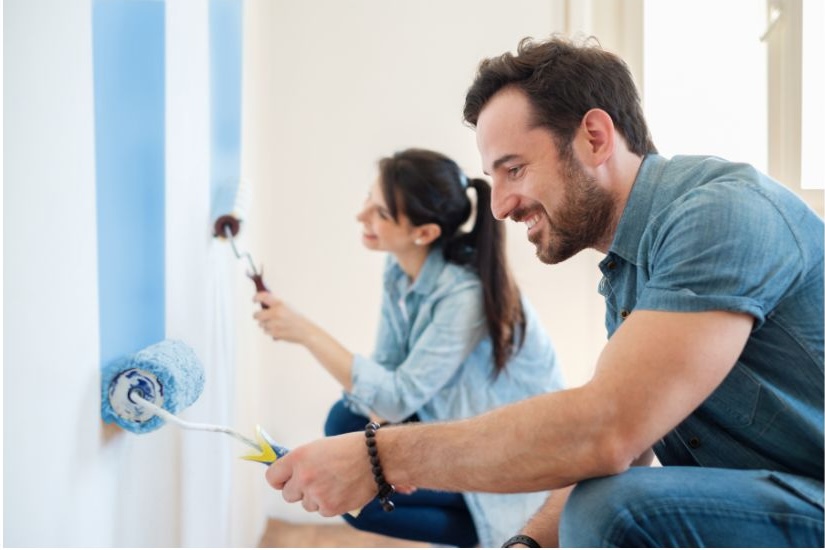
5. Seal and Protect:
After applying new paint or performing touch-ups, consider adding an additional layer of protection by applying a clear sealant or topcoat. A clear sealant can help to seal the surface of the paint, providing an extra barrier against moisture, UV rays, and other environmental factors. Choose a sealant that is compatible with your paint type and follow the manufacturer’s instructions for application.

6. Maintain Proper Drainage:
Improper drainage can contribute to paint damage by allowing water to pool or collect around the exterior of your home. Ensure that your gutters and downspouts are clean and free of debris to prevent water from overflowing and causing damage to your paint. Consider installing gutter guards or extensions to redirect water away from the foundation and exterior walls of your home.
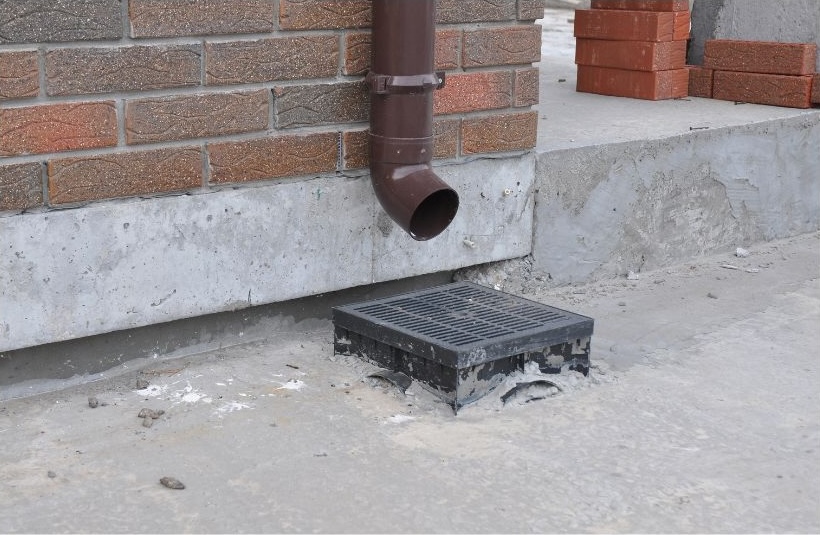
7. Consider Repainting When Necessary:
Despite your best efforts at maintenance, there may come a time when repainting is necessary to restore the appearance and protectiveness of your home’s exterior. Pay attention to the condition of your paint over time and consider repainting when you start to notice significant fading, peeling, or other signs of wear. Repainting your home can not only enhance its aesthetic appeal but also provide essential protection against the elements for years to come.
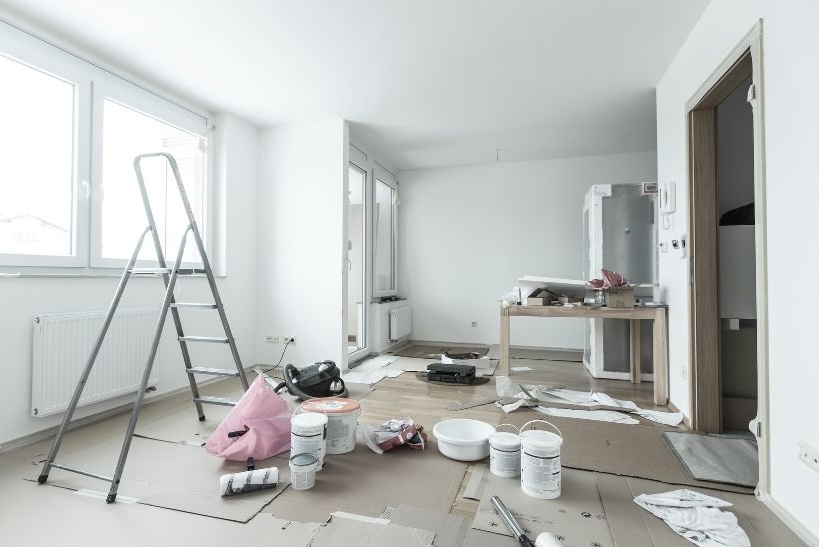
Additional Tips:
– Schedule Regular Cleaning:
Dirt, dust, and grime can accumulate on the surface of your home’s exterior paint, leading to premature wear and discoloration. Schedule regular cleaning sessions to remove buildup and maintain the cleanliness of your paint. Use a gentle cleaning solution and a soft-bristled brush or sponge to scrub away dirt and stains, rinsing thoroughly with water afterward.
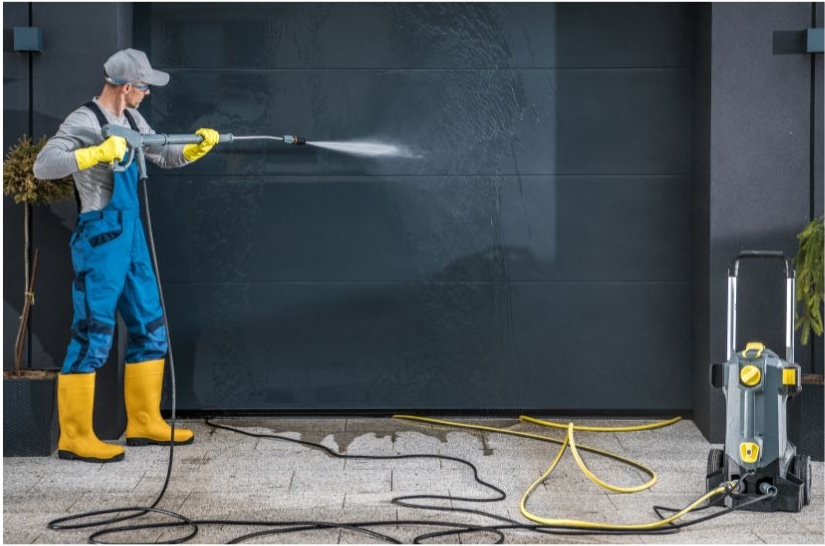
– Apply a Protective Wax Coating:
For an added layer of protection against fading and peeling, consider applying a protective wax coating to your home’s exterior paint. Wax coatings create a durable barrier that shields the paint from UV rays, moisture, and other environmental hazards. Choose a high-quality wax product designed specifically for use on exterior surfaces, and follow the manufacturer’s instructions for application.
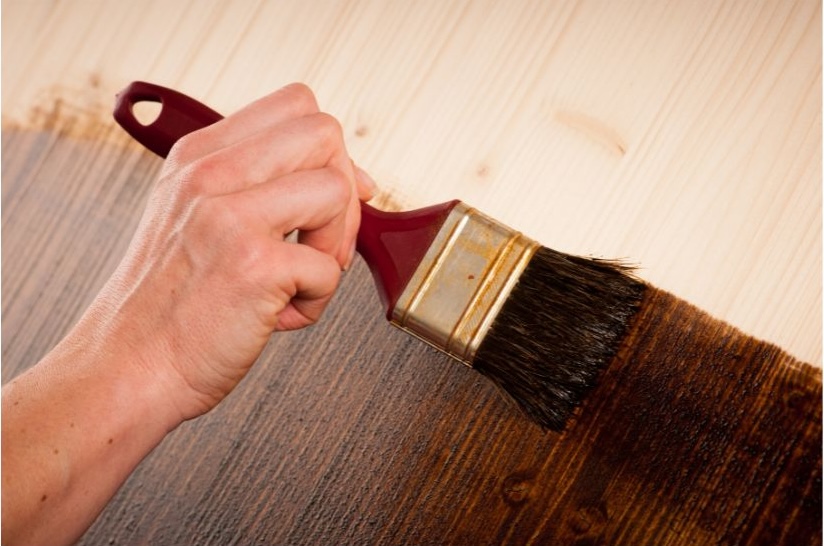
– Trim Overhanging Branches:
Overhanging tree branches can pose a risk to your home’s exterior paint by scraping against the surface and causing damage. Trim back any branches that come into contact with your home, especially those that may rub against the paint during windy conditions. By keeping trees properly pruned and maintained, you can help prevent scratches and abrasions that could lead to paint deterioration.
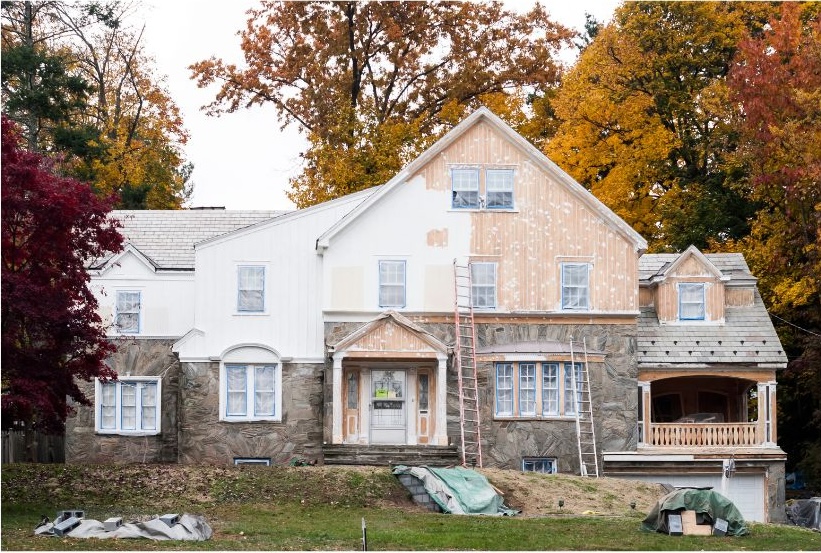
– Monitor Humidity Levels:
High humidity levels can accelerate paint deterioration by promoting mold and mildew growth and causing paint to soften and peel. Keep an eye on humidity levels in your area and take steps to control moisture levels around your home. Use dehumidifiers indoors to maintain optimal humidity levels, and ensure proper ventilation in areas prone to moisture buildup, such as bathrooms and kitchens.
– Consider Professional Maintenance Services:
If you’re not comfortable performing exterior paint maintenance tasks yourself or if you prefer to leave it to the experts, consider hiring professional maintenance services. A professional painting contractor can assess the condition of your home’s exterior paint, identify any issues that need attention, and provide expert recommendations for maintenance and repairs. With their knowledge and expertise, professional painters can help ensure that your home’s exterior paint remains in top condition for years to come.
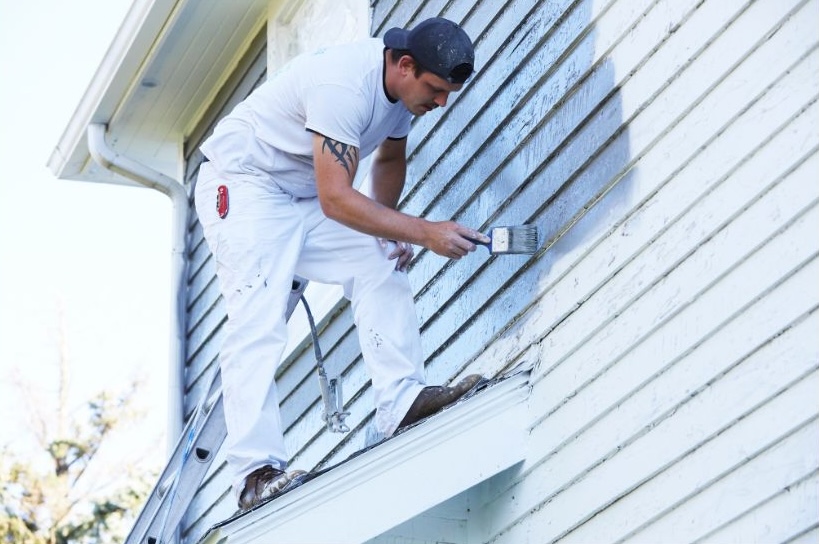
Final Thoughts:
Maintaining your home’s exterior paint is essential for preserving its appearance and protecting your investment. By following these tips and strategies for preventing fading and peeling, you can ensure that your home’s exterior paint remains vibrant and durable for years to come. With a proactive approach to maintenance and regular care, you can keep your home looking its best and enhance its curb appeal for years to come.
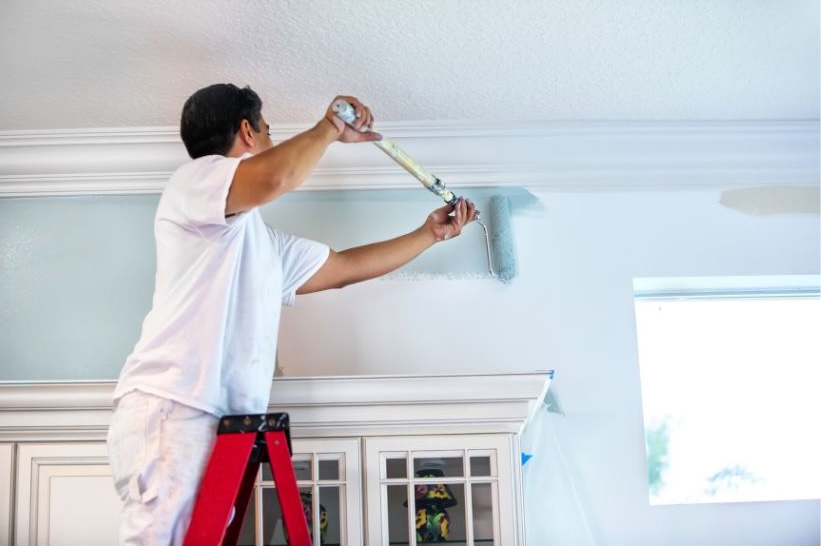
Implement these additional tips into your home maintenance routine to safeguard your exterior paint and enjoy a beautiful, well-maintained home for years to come.



